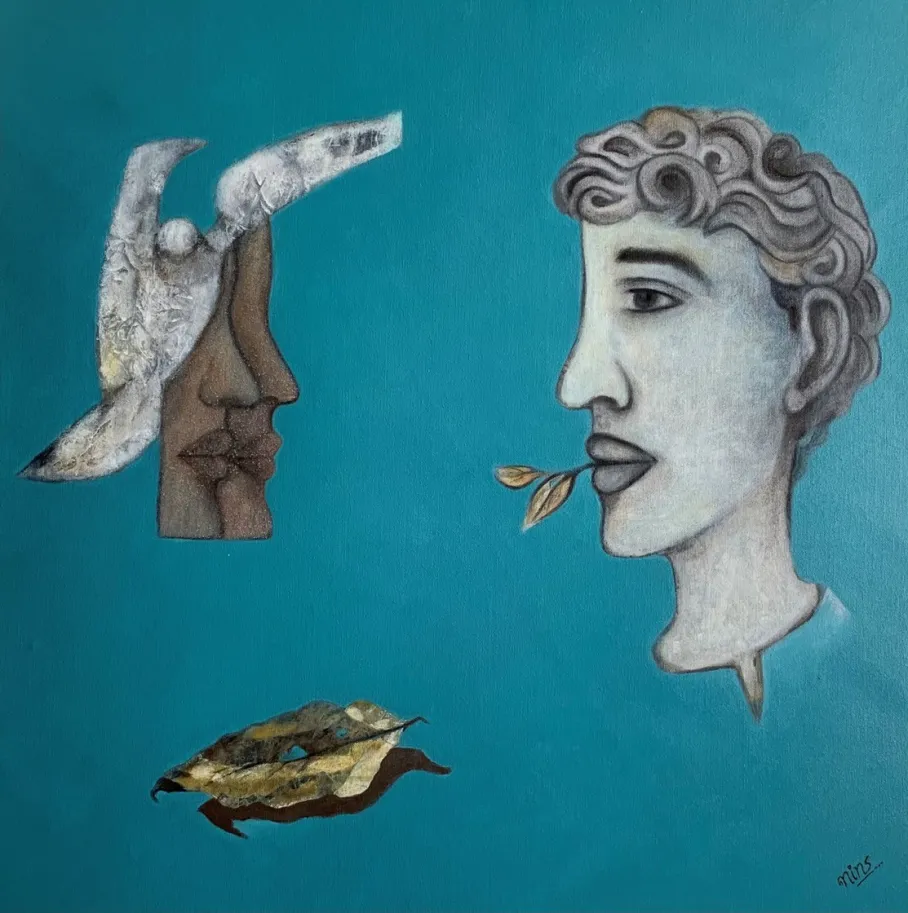June 29, 2021What It Is Is What It Is Not and What It Is Not Is What It Is

A picture of God is not God
the way a painting of water is not wet.
An image of the sun is not hot
and all those poems about poems
are just something else. Leaves, alive
or autumnal, time alone dictates.
Disembodied lips of a corpse
cast a shadow of a blackbird
with an impressive bill—
boldly, the shadow sings of its flaw
of colorlessness. Remember, your flaws
are yours, you are not your flaws.
A face behind a face makes the one
in front a mask. Affected love is not love.
Affected harshness is still harsh.
A woman with waves for hair
does not necessarily carry
an ocean inside her
head. Notice she begins
only as a bubble
of thought. Everything blue
was once green. A star is not a star
but its memory, its history. Looking back
isn’t wanting. Memory of love is not
love. Desire to help isn’t helping.
The winged-man also falls. The horse
in my head is not the horse
in your head. A dancing man
isn’t evidence for music. The eye you look
into is always looking right back.
A flying white bird is not always a sign
of freedom. Your face and flesh
is not your self. All that is lost
is somewhere found.
from Ekphrastic Challenge